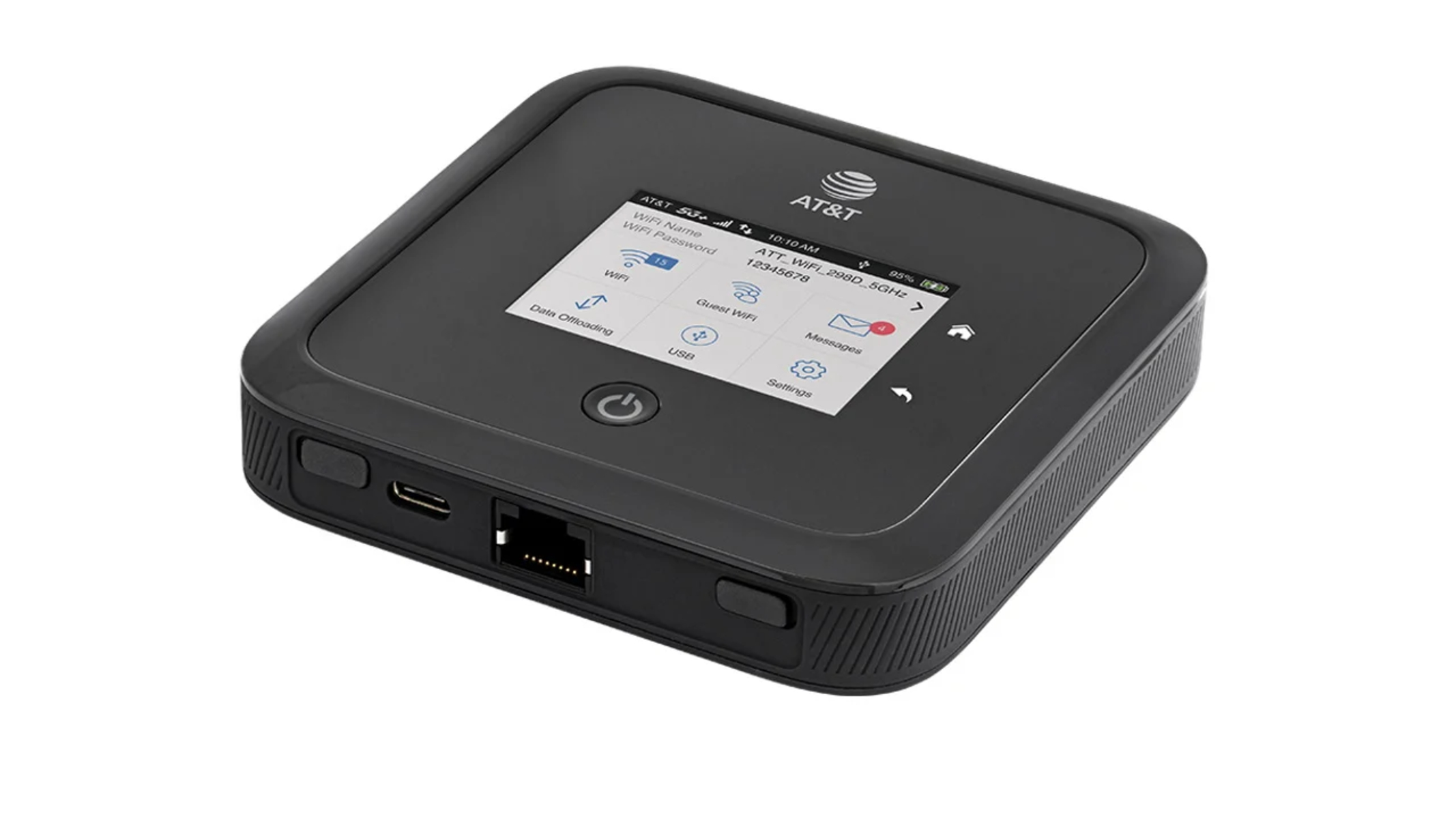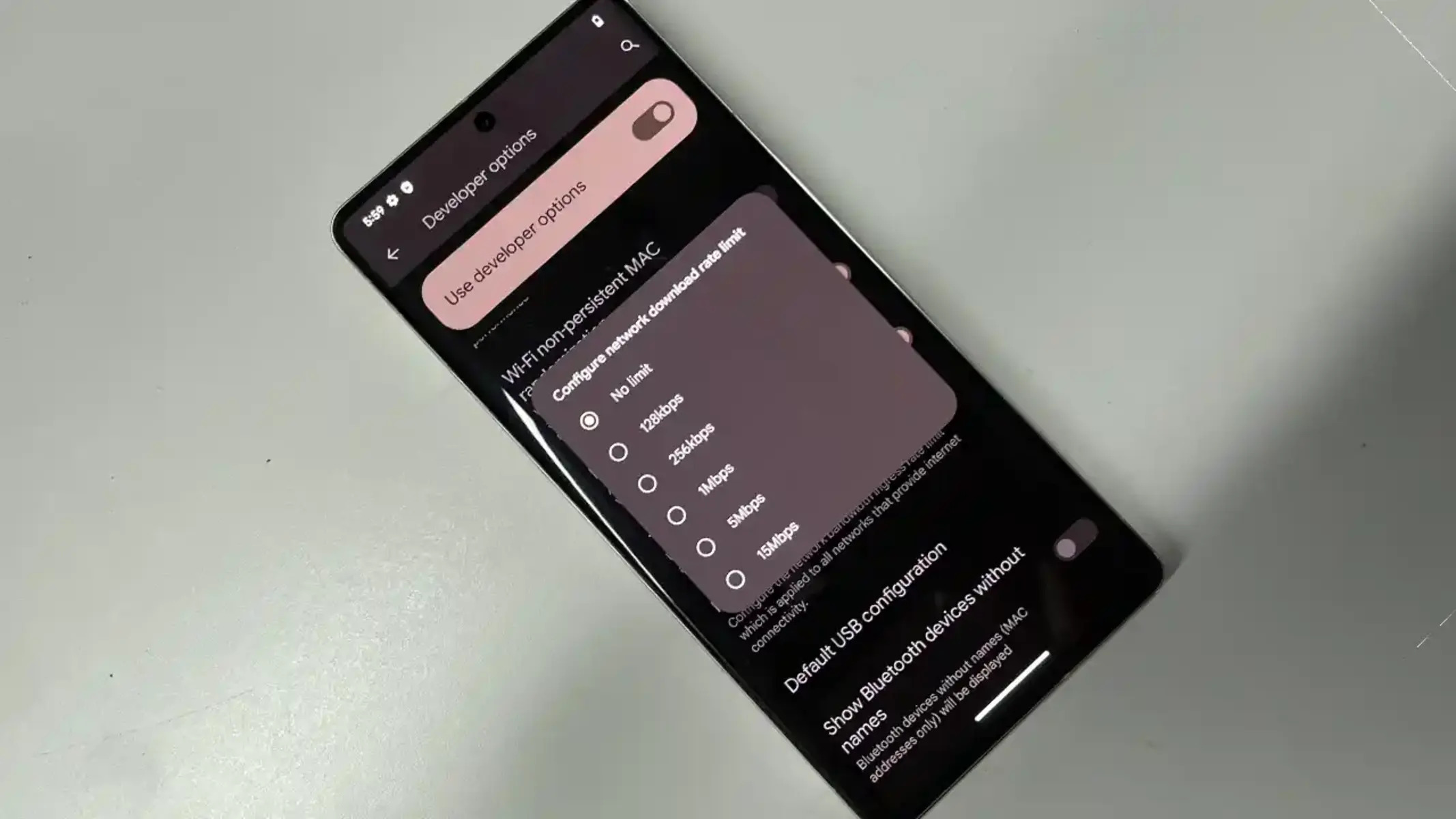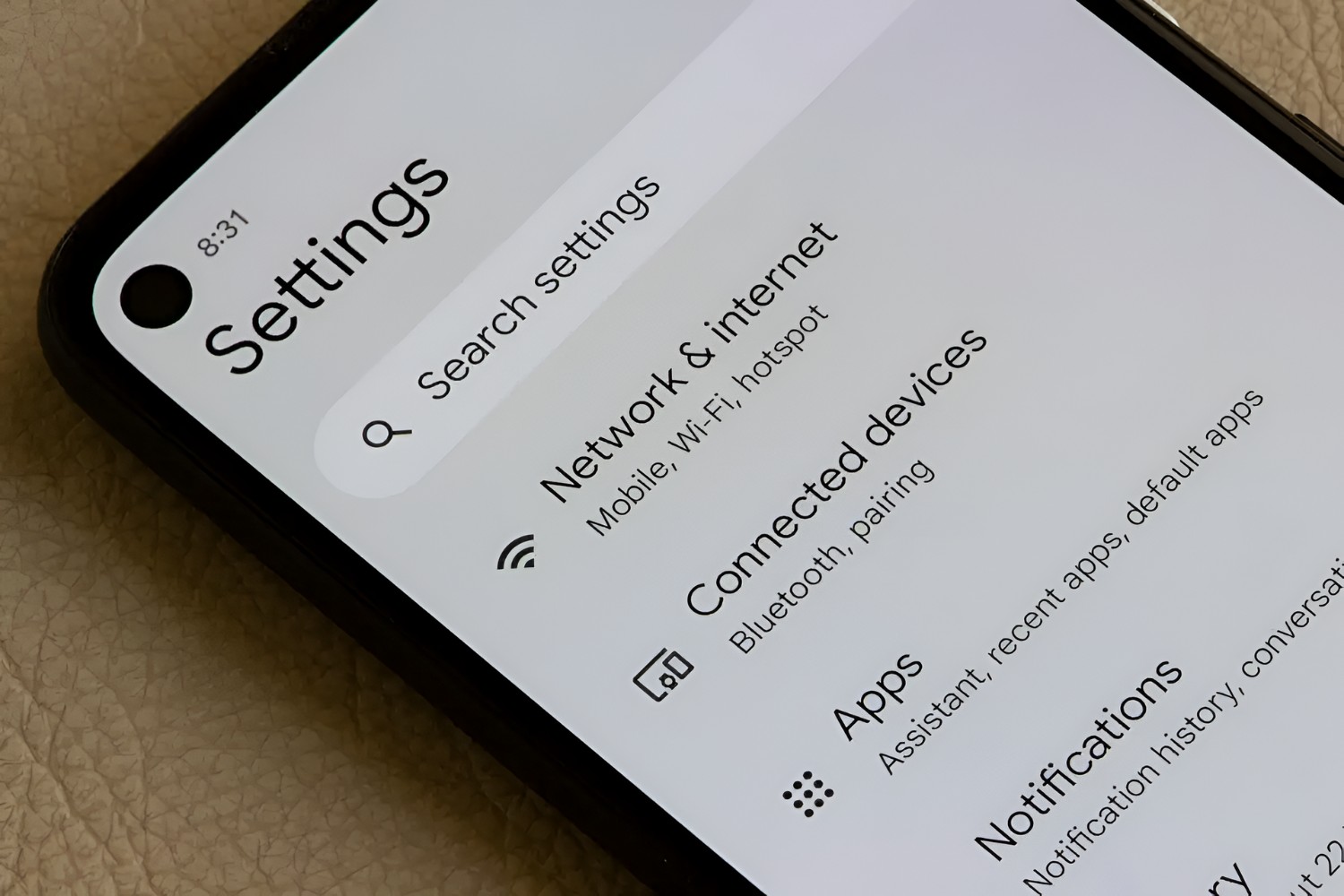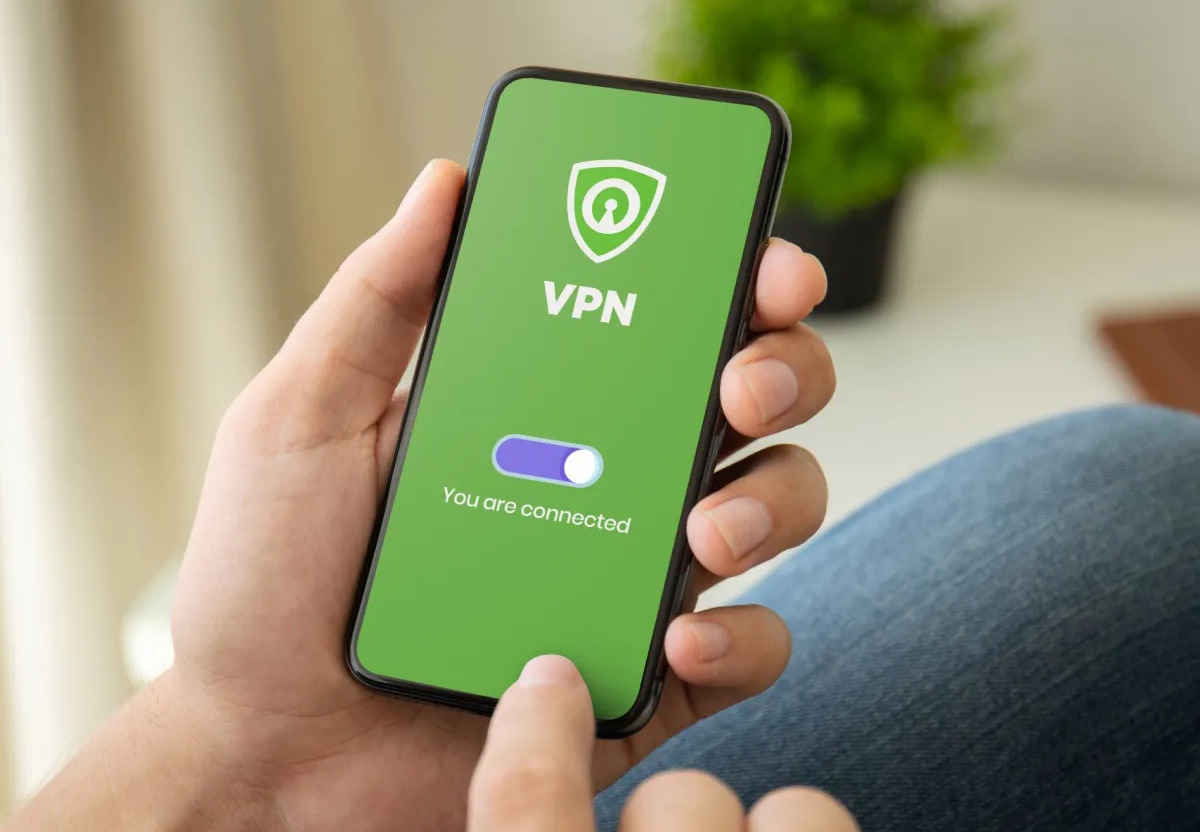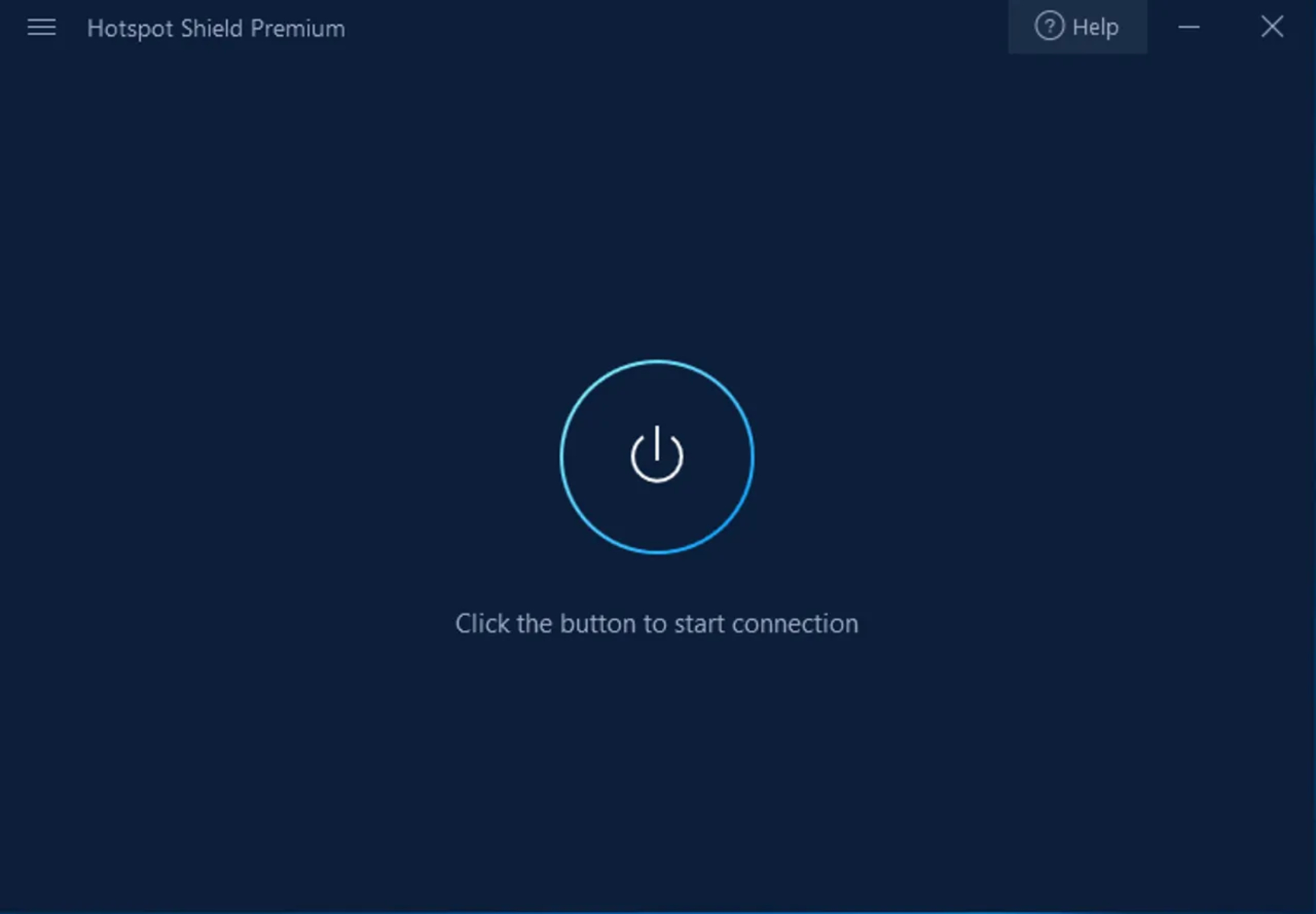Introduction
In today's digital age, staying connected is a necessity, whether it's for work, entertainment, or simply keeping in touch with loved ones. However, there are times when accessing the internet becomes a challenge, especially when faced with restrictions such as the AT&T hotspot block. This obstacle can be frustrating, particularly for individuals who rely on seamless connectivity for their daily activities.
Understanding how to bypass the AT&T hotspot block can significantly enhance your internet accessibility, enabling you to enjoy uninterrupted connectivity on your terms. In this article, we will delve into insightful tips and tricks that can empower you to overcome the AT&T hotspot block effectively. By implementing these strategies, you can regain control over your internet connection and enjoy the freedom to browse, stream, and communicate without limitations.
Whether you're a remote worker, a digital nomad, or simply someone who values the convenience of a reliable internet connection, the information presented here will equip you with the knowledge and tools needed to navigate around the AT&T hotspot block. Let's explore the intricacies of this challenge and discover practical solutions that can elevate your online experience.
Understanding AT&T Hotspot Block
The AT&T hotspot block is a restriction imposed by the telecommunications giant, AT&T, which limits users' ability to share their mobile data connection with other devices through a process known as tethering. This restriction is often implemented to manage network traffic and prevent excessive data usage, particularly in congested areas or during peak usage times. While AT&T offers mobile hotspot capabilities as part of their service, there are specific limitations and conditions associated with its usage.
When users attempt to bypass these limitations by tethering their devices or using third-party applications to create a hotspot, AT&T's systems can detect and block such activities. This results in the inability to share the mobile data connection with other devices, effectively restricting the user to a single device for internet access.
It's important to note that the AT&T hotspot block is not unique to AT&T and is a practice employed by many mobile carriers to regulate data usage and network performance. The implementation of such restrictions aims to maintain a balance between providing reliable service to customers and managing network resources efficiently.
Understanding the rationale behind the AT&T hotspot block can help users navigate the challenges associated with it more effectively. By gaining insights into the factors that drive this restriction, individuals can explore viable solutions that align with AT&T's policies while meeting their specific connectivity needs.
In the following sections, we will delve into practical tips and tricks that can empower users to bypass the AT&T hotspot block, allowing them to optimize their internet connectivity and enhance their overall online experience. By leveraging a combination of technical know-how and strategic approaches, individuals can mitigate the impact of the hotspot block and regain the flexibility to connect multiple devices to their AT&T mobile data network.
Tips for Bypassing AT&T Hotspot Block
-
Utilize a VPN: A Virtual Private Network (VPN) can be a powerful tool for bypassing the AT&T hotspot block. By encrypting your internet traffic and masking your IP address, a VPN can help conceal tethering activities from AT&T's detection systems. When choosing a VPN service, opt for a reputable provider with robust encryption protocols and a wide server network to ensure seamless bypassing of the hotspot block.
-
Enable Hotspot through Third-Party Apps: Some third-party applications offer the functionality to enable mobile hotspot capabilities without triggering AT&T's detection mechanisms. These apps provide alternative methods for creating a hotspot, allowing users to share their mobile data connection with other devices discreetly. It's essential to research and select reliable third-party hotspot apps that are compatible with your device and network settings.
-
Update Device Firmware and Software: Keeping your device's firmware and software up to date can sometimes address vulnerabilities that AT&T's hotspot block detection relies on. Manufacturers regularly release updates that include security patches and performance enhancements, which can inadvertently contribute to bypassing the hotspot block. Ensure that your device is running the latest firmware and software versions to leverage potential loopholes in AT&T's detection algorithms.
-
Use USB Tethering: USB tethering, which involves connecting your device to another device using a USB cable to share the mobile data connection, can often bypass AT&T's hotspot block. This method may not be detected as traditional Wi-Fi hotspot usage, making it a viable alternative for circumventing the restrictions imposed by AT&T.
-
Modify Network Settings: Advanced users can explore modifying network settings on their devices to disguise tethering activities and evade detection by AT&T's systems. This may involve adjusting network parameters and configurations to mimic regular data usage patterns, making it more challenging for AT&T to differentiate between tethering and standard device usage.
Implementing these tips strategically can empower individuals to bypass the AT&T hotspot block effectively, providing the freedom to utilize their mobile data connection across multiple devices without encountering restrictions. By leveraging these approaches, users can navigate around the limitations imposed by AT&T's hotspot block and optimize their internet connectivity to suit their diverse needs and preferences.
Tricks for Bypassing AT&T Hotspot Block
MAC Address Spoofing
MAC address spoofing involves altering the unique identifier assigned to a device's network interface to mimic a different device. By changing the MAC address of the device initiating the hotspot, users can evade AT&T's detection mechanisms, as the network traffic appears to originate from a legitimate, approved device. This technique requires technical proficiency and an understanding of device-specific configurations, making it a sophisticated yet effective method for bypassing the hotspot block.
DNS Tunneling
DNS tunneling leverages the Domain Name System (DNS) to encapsulate internet traffic, allowing users to bypass network restrictions. By redirecting data through DNS servers and encapsulating it within DNS queries and responses, users can conceal tethering activities from AT&T's scrutiny. This method demands a nuanced understanding of network protocols and DNS configurations, making it a complex yet potent strategy for circumventing the hotspot block.
Custom Firmware Installation
Installing custom firmware, such as custom ROMs on Android devices, can provide users with enhanced control over network settings and tethering functionalities. Custom firmware often includes features and optimizations that can bypass AT&T's hotspot block detection. However, this approach requires careful consideration and technical expertise, as improper firmware installation can lead to device instability and security vulnerabilities.
Proxy Servers and SSH Tunnels
Utilizing proxy servers and Secure Shell (SSH) tunnels can obfuscate internet traffic, making it challenging for AT&T to identify and block tethering activities. By routing data through intermediary servers or establishing encrypted SSH connections, users can effectively bypass the hotspot block. This technique necessitates familiarity with proxy configurations and SSH protocols, offering a versatile and resilient approach to evading network restrictions.
Network Throttling Mitigation
AT&T may implement network throttling to limit data speeds when detecting tethering activities. Mitigating network throttling involves employing techniques to disguise tethering traffic as regular device usage, preventing AT&T from imposing speed restrictions. This method requires a nuanced understanding of network traffic management and may involve leveraging specific applications or tools designed to counteract network throttling measures.
By incorporating these advanced tricks into their approach, users can navigate around the AT&T hotspot block with precision and ingenuity, reclaiming the flexibility to utilize their mobile data connection across multiple devices without encountering limitations. Each trick presents a unique set of challenges and complexities, underscoring the need for users to assess their technical capabilities and device compatibility before implementing these strategies. With a strategic combination of tips and tricks, individuals can overcome the AT&T hotspot block and optimize their internet connectivity to align with their diverse needs and preferences.
Conclusion
In navigating the complexities of the AT&T hotspot block, users are presented with a myriad of challenges and limitations that can impede their ability to share their mobile data connection across multiple devices. However, armed with a comprehensive understanding of the underlying mechanisms behind the hotspot block and a strategic arsenal of tips and tricks, individuals can effectively bypass these restrictions and regain control over their internet connectivity.
The tips provided offer practical and accessible methods for circumventing the AT&T hotspot block, empowering users to leverage VPNs, third-party apps, firmware updates, USB tethering, and network settings modifications to discreetly share their mobile data connection. These approaches provide a diverse range of options, catering to users with varying technical proficiencies and device capabilities. By implementing these tips, individuals can sidestep the limitations imposed by AT&T and enjoy seamless connectivity across their devices.
Furthermore, the advanced tricks outlined in this article present users with sophisticated yet potent strategies for evading the hotspot block. From MAC address spoofing and DNS tunneling to custom firmware installation, proxy servers, SSH tunnels, and network throttling mitigation, these techniques offer a nuanced and resilient approach to bypassing network restrictions. While these tricks demand a higher level of technical expertise and device compatibility, they underscore the ingenuity and resourcefulness required to overcome the challenges posed by the AT&T hotspot block effectively.
By combining the insights gleaned from the tips and the advanced strategies offered by the tricks, users can craft a tailored approach that aligns with their specific needs and technical capabilities. Whether seeking accessible methods to discreetly enable mobile hotspot capabilities or delving into intricate tactics to obfuscate tethering activities, individuals can reclaim the freedom to utilize their mobile data connection across multiple devices without encountering the constraints imposed by AT&T.
In conclusion, the journey to bypassing the AT&T hotspot block is characterized by a blend of technical acumen, strategic finesse, and a nuanced understanding of network protocols and device configurations. By embracing the tips and tricks outlined in this article, users can transcend the limitations of the hotspot block and unlock the full potential of their mobile data connection, fostering a seamless and empowered online experience.







